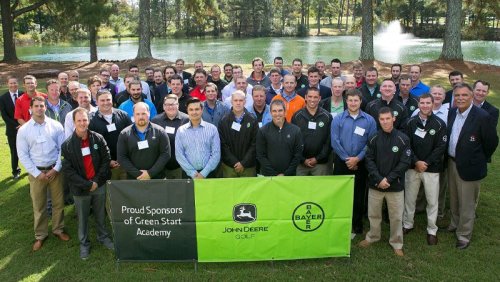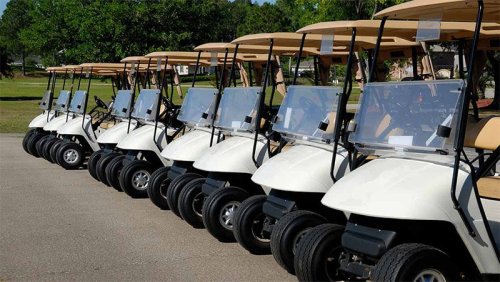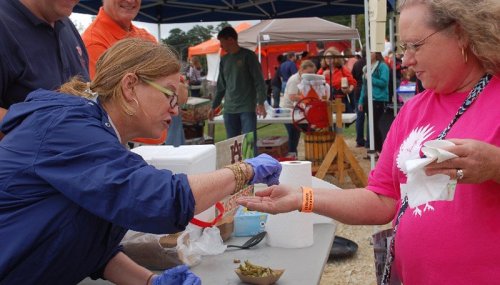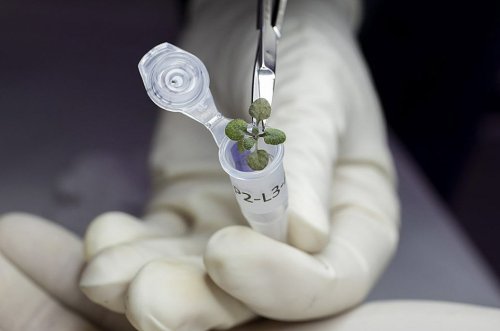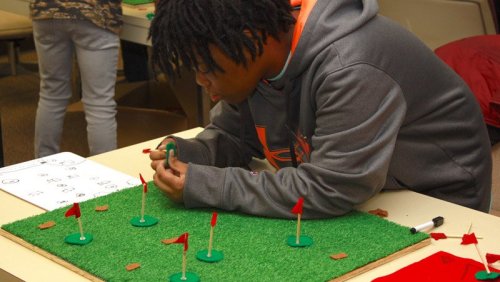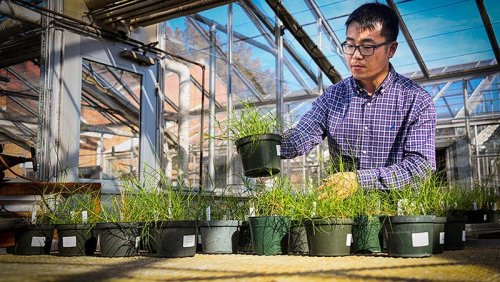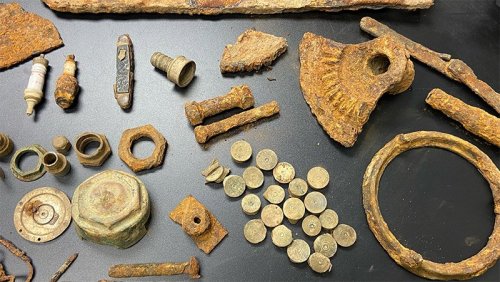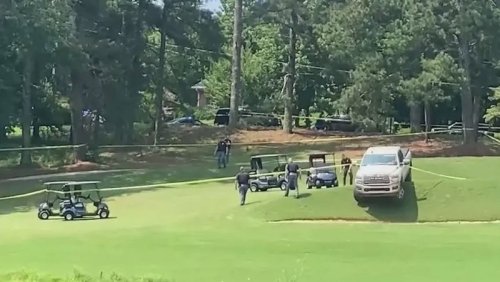
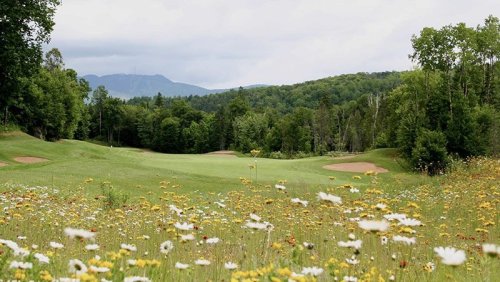
Founded in 2019 by Aquatrols president Matt Foster, the FairWays Foundation is a non-profit organization that promotes conservation efforts in the golf industry in the U.S. and abroad.
More than 80 industry professionals and previous and potential award winners attended the group's first meeting June 20-21 at Firestone Country Club in Akron, Ohio, with a goal of raising awareness for environmental stewardship projects in golf. Former USGA Green Section director Kim Erusha, Ph.D., was the keynote speaker.
To date, the foundation has raised nearly $300,000 and soon will meet to decide its third annual group of award winners.
Past recipients include Cog Hill Golf and Country Club, Salmon Run Golf Course, Hartford Golf Course, the Scottish Wildlife Trust, Concord Country Club, Heritage Oaks Golf Course, Cactus and Pines GCSA, Martis Camp, Chester Golf Club, Elcona Country Club and the University of Georgia Research Foundation.
The FairWays Foundation is seeking ambassadors to perpetuate its goal of championing environmental projects but cannot proceed due to a lack of resources. Find out how you can get involved by clicking here.
- Read more...
- 1,068 views



